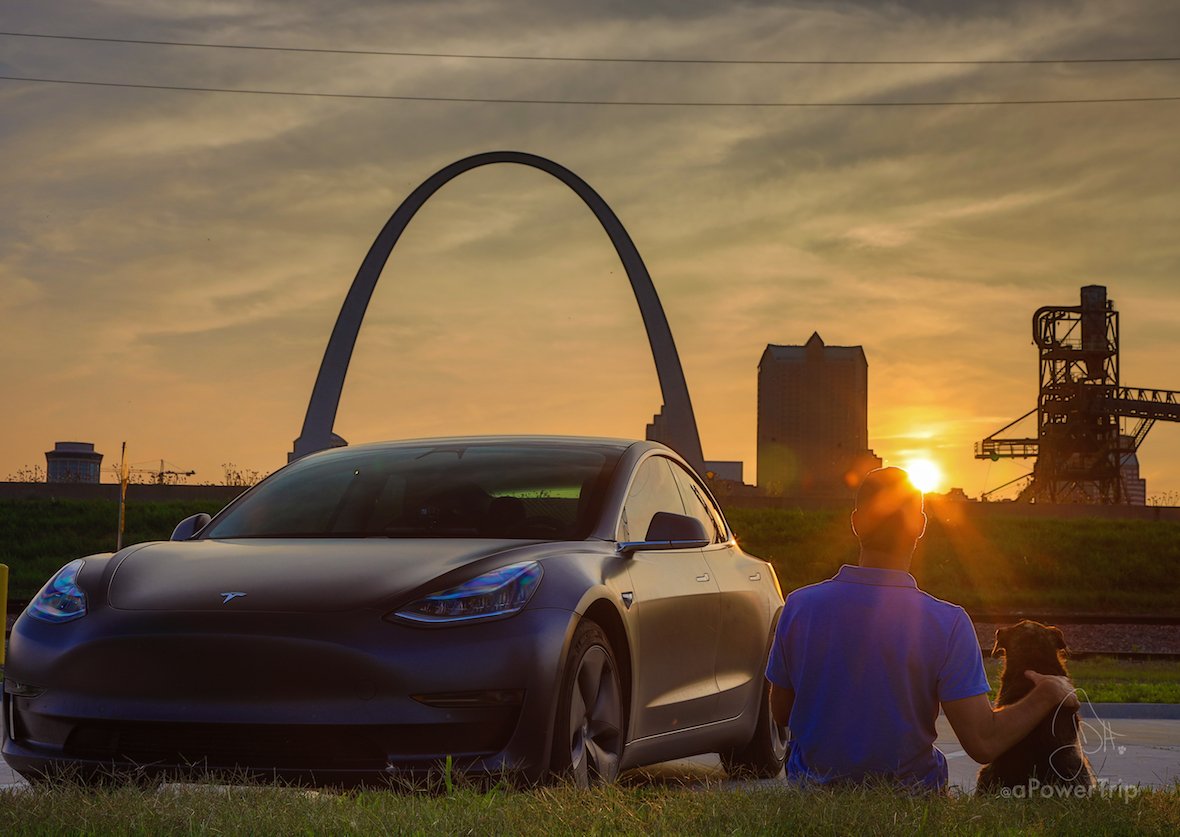Read The Full Article On: Eenews
The numbers are in, and they’re not looking good for the plug-in hybrid, a crossbreed vehicle that helped get Americans used to the idea of electric cars but may be falling out of favor as more automakers seek to reduce emissions by going all-electric.
As of July, U.S. drivers purchased 8,649 plug-in hybrids (PHEVs) per month over the last year, according to figures compiled by Atlas Public Policy, a data aggregator. That’s down 15% from six months ago. In the same time frame, the number of electric cars sold monthly with no gas engine at all grew by 15%, from over 20,000 to over 23,000.
“There isn’t a great market for PHEVs,” said Nick Nigro, the founder of Atlas.
The plug-in hybrid came to Americans’ attention in 2008 with the introduction of the Chevrolet Volt. Unlike prior hybrids like the Toyota Prius, which relied on a gas engine with a battery backup, the Volt reversed the formula and depended first on an electric motor that refilled by plugging in. That battery could power a trip of about 25 miles, after which a supporting gas engine would kick in.
Fast-forward to this year, with all-electric models like the Tesla Model 3 and the Chevy Bolt gaining traction, and the outlook for plug-in hybrids is hazy. Some automakers have signaled they’re backing away from hybrids altogether while others are ramping up.
Last week, The Wall Street Journal reported that Volkswagen AG and General Motors Co., the world’s and the United States’ largest automakers, respectively, are removing hybrid vehicles from their lineups.
“If I had a dollar more to invest, would I spend it on a hybrid? Or would I spend it on the answer that we all know is going to happen, and get there faster and better than anybody else?” GM President Mark Reuss told the Journal.
In February, GM gave word that it was terminating production of the Volt, despite steadily rising sales the prior year. And earlier this month, Honda Motor Co. Ltd. beat a retreat with its plug-in hybrid model, the Clarity, removing it from markets in the U.S. Northeast to focus solely on California, according to CNET.
Meanwhile, Ford Motor Co. is doubling down on its plug-in efforts by expanding its fleet to heavier vehicles, such as the seven-seater Lincoln Aviator SUV. And Toyota Motor Corp., which created the hybrid segment decades ago with the Prius, is enjoying growing sales of its plug-in version, the Prius Prime.
Carmakers face difficult decisions in whether to pursue plug-in technology. On one hand, drivers who want low-emissions cars can be reassured by the backup gas engine and its ability to propel longer trips. On the other, battery prices are falling and making it more attractive to go all-electric. Furthermore, creating two different engines in the same car adds cost and complexity.
The most recent data shows that U.S. drivers’ declining interest in plug-in hybrids is correlated to skyrocketing sales of one electric car in particular: the Tesla Model 3. In July, Tesla Inc. sold more than 13,000 Model 3s, more than four times as many as the next most popular electric car, the plug-in hybrid Prius Prime, according to sales data at InsideEVs.
“What has been clear, since about a year ago this month, is that [battery electric vehicles], because of the Model 3, have moved away from PHEVs and haven’t moved back,” Nigro said.

